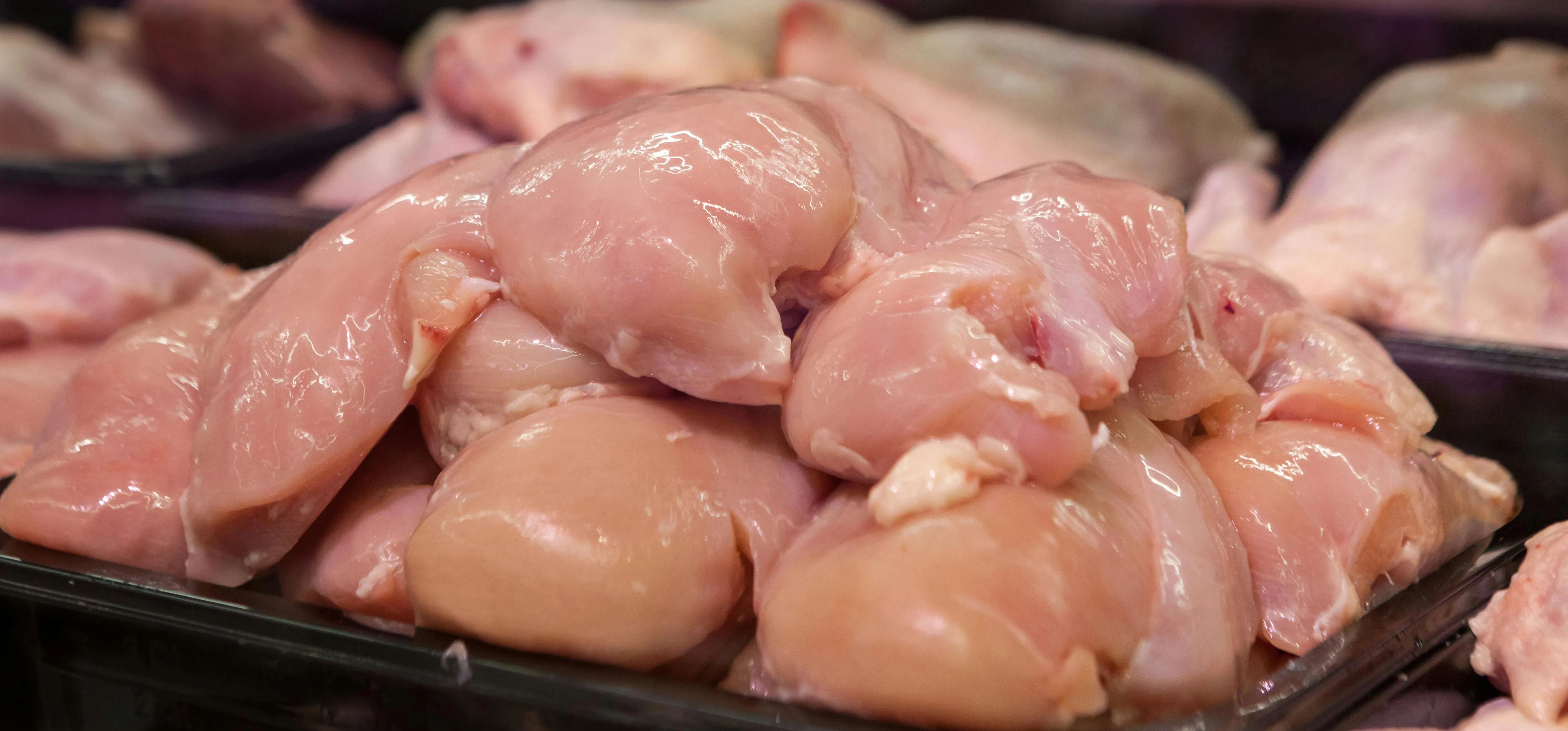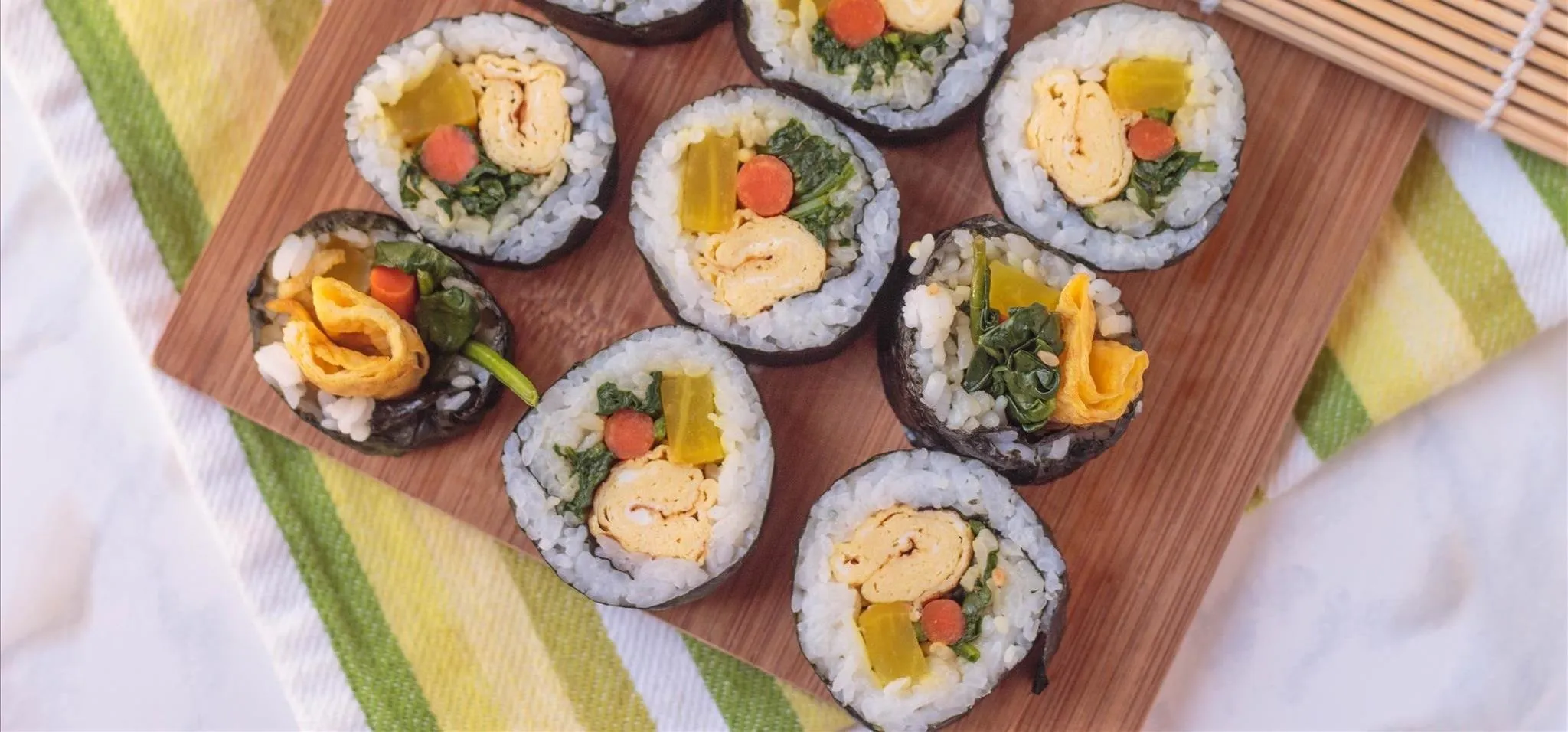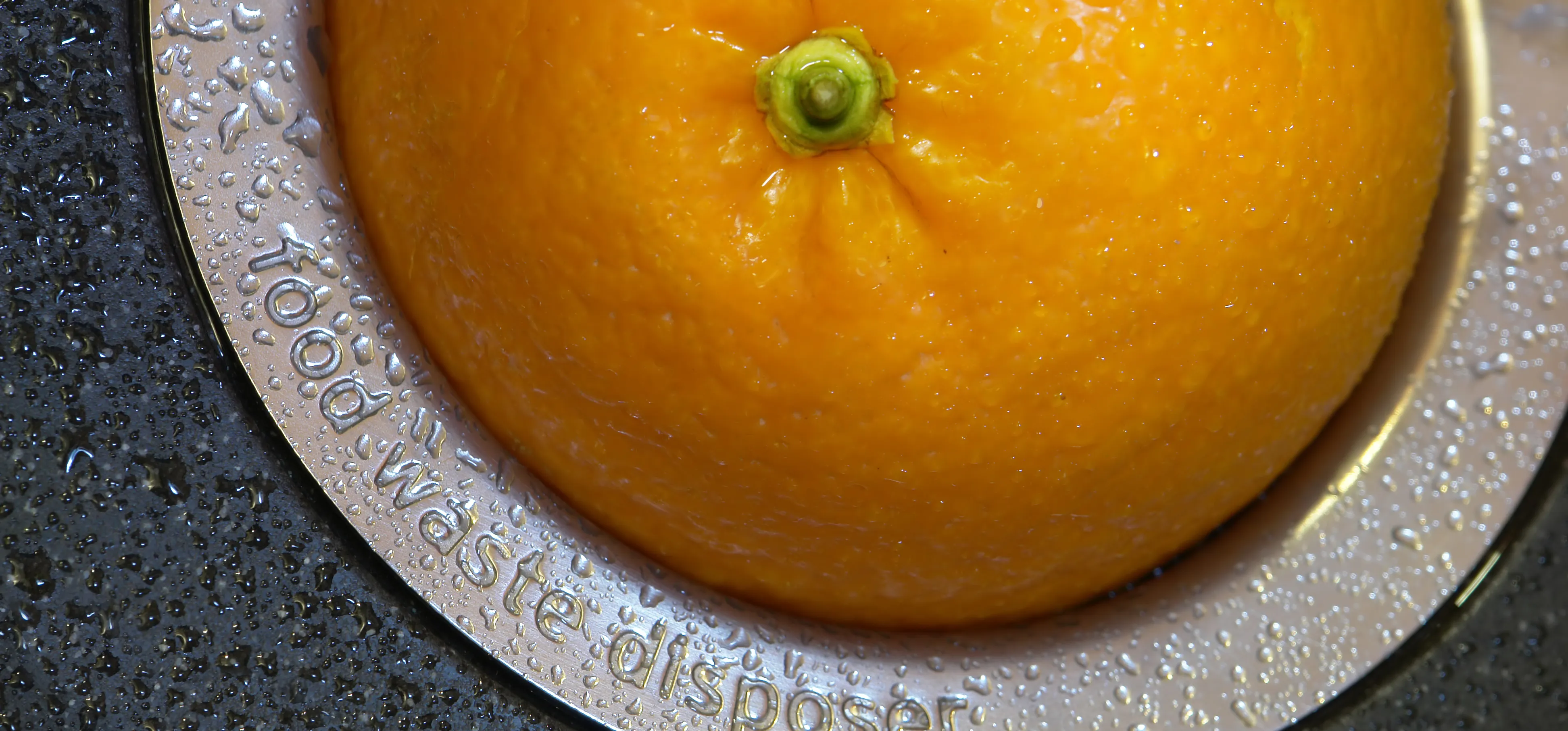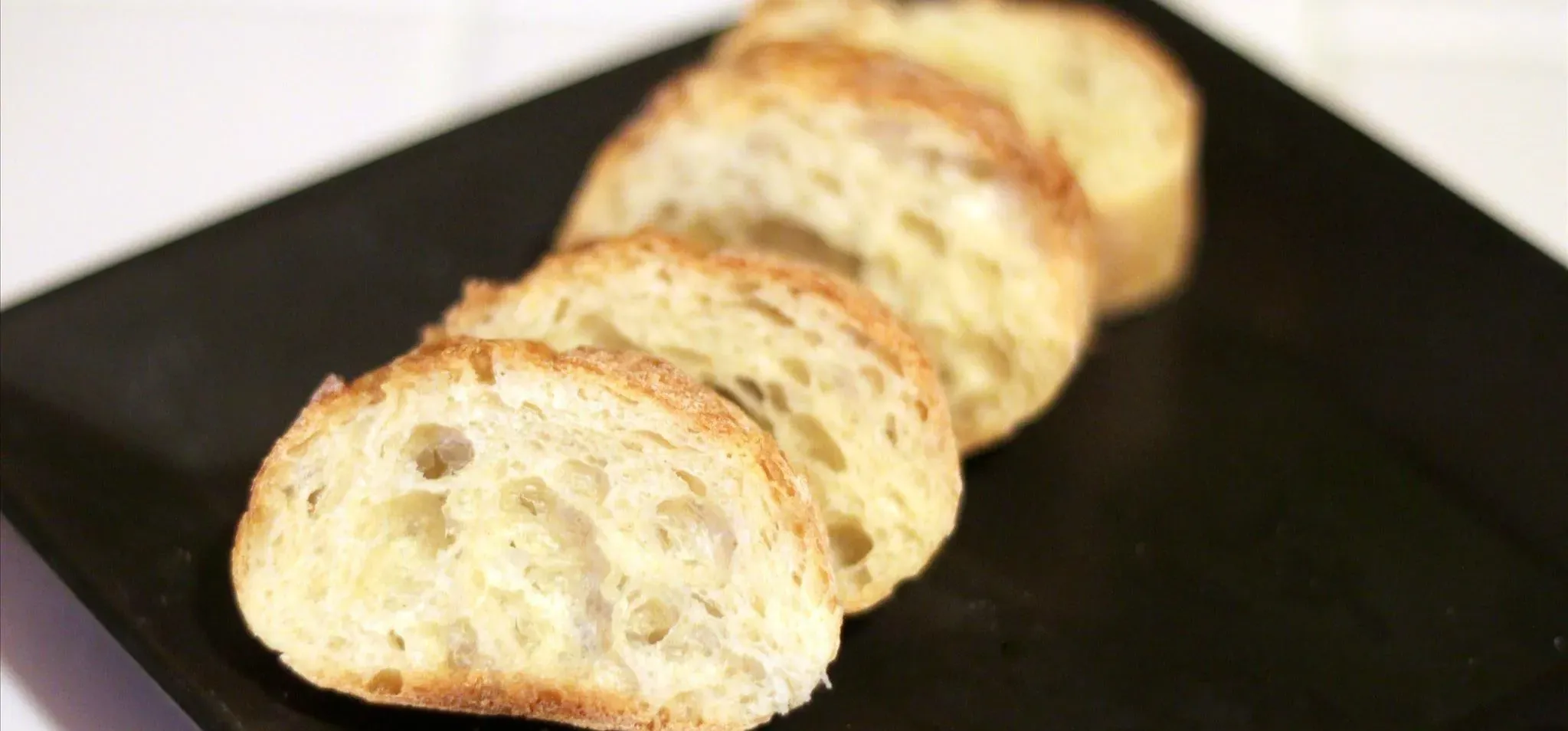In an age where restaurants can charge $20 for eggs Benedict at brunchtime (if you're lucky enough to even get a reservation on a Sunday), many people long for a way to create this classic dish at home. But once you've taken pains to perfectly poach an egg and gently crisp your sourdough, the problem of the hollandaise still lies before you.
The key to any good hollandaise sauce is to apply enough heat to cook the egg yolks, but not enough to scramble them. The minute the eggs begin to solidify, the sauce is irreversibly ruined. This is why, even with the proper equipment, people tend to shy away from this silky and delicious brunch favorite. It is simply a matter of finding the method that works best for you.
The Problems with Other Methods
So here are the techniques we already know: The classic double boiler method sets a heatproof bowl over barely simmering water, allowing the steam to cook the yolks. The blender method relies on continuous rapid emulsion while the hot clarified butter cooks the yolks. Finally, the microwave method requires alternating a light heat from the microwave and manual whisking.
But each of these methods brings its own frustrations. The double boiler requires the perfect fit of two otherwise unrelated kitchen items. It's potentially messy and has the potential of steam burns for those new to the process. The blender method doesn't give the chef much control over what's happening. Once the power is turned on, there is no way to slow down the emulsion process, which may cause the sauce to split at any time. The microwave method is very stop and start, which prevents the fluidity that is key to a smooth hollandaise.
Two Foolproof Techniques to Getting It Right
Here are two of my own foolproof methods of cooking a hollandaise, both of which allow the chef control of both heat and rate of whisking at all times. They're also handy in the event that you're lacking in heatproof bowl, blender, and microwave. (Both methods use the ingredients of a classic hollandaise sauce: egg yolk, lemon juice, and clarified butter.)
1. Use a Thick-Based Pot & Add Water
Using a thick-based pot over the lowest possible heat, whisk yolks, lemon juice, and a tablespoon of water. As you slowly add the butter, there are two things at work protecting the yolk: the thick base of the pot and the extra tablespoon of water, which is using up the heat to evaporate.

2. Use Rock Salt in a Large Pan
In the absence of a thick-based pot, try this method. In a large sauté pan, heat a thick layer of rock salt. Place a small saucepan directly onto the salt and cook your hollandaise with the same method you would with a double boiler. The salt acts as a buffer, allowing the yolks to cook in a gentler heat.

The result: a beautifully smooth, thick and buttery sauce that will make your eggs Benedict the envy of every brunch restaurant in radius.
Of course, hollandaise sauce compliments other dishes as well—for example, its silky, velvety flavor pairs well with the sharp, slightly-bitter taste of freshly steamed asparagus.

And if all of this fails, then perhaps you should take a few minutes to make reservations instead!
More Food Hacks
- The Easiest, Most Practical Way to Separate Egg Yolks from Whites
- How to Tell if Your "Expired" Eggs Are Still Good to Eat
- 10 Easy Tricks to Make Store-Bought Pasta Sauce Taste Homemade
- Your Juicer Is Actually a Sauce Maker in Disguise
- 9 Crazily Creative Things to Make with Crescent Rolls
Photos by Laura Holman/Food Hacks


























Comments
Be the first, drop a comment!